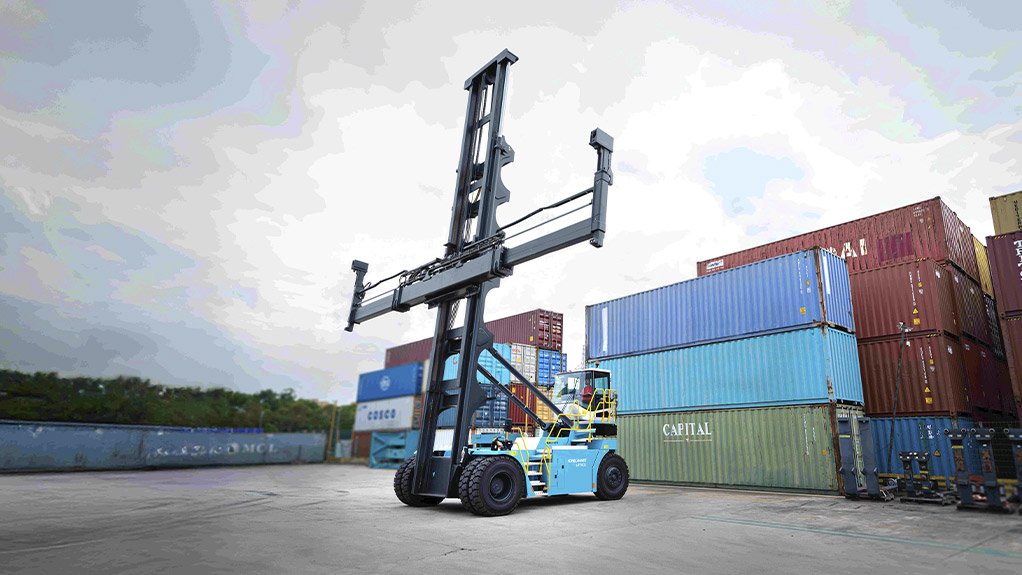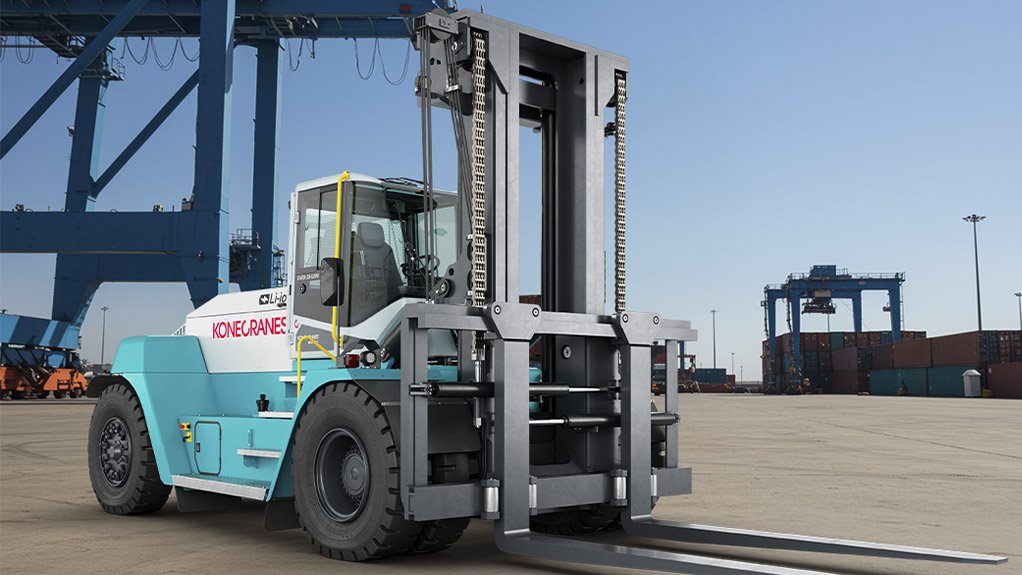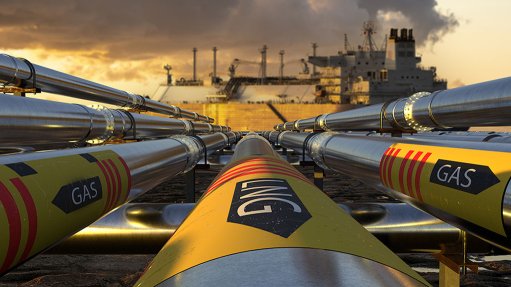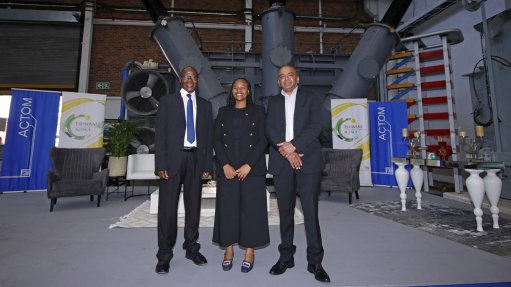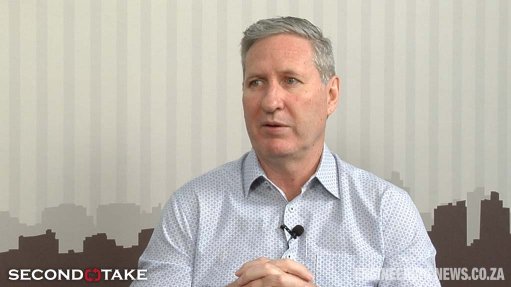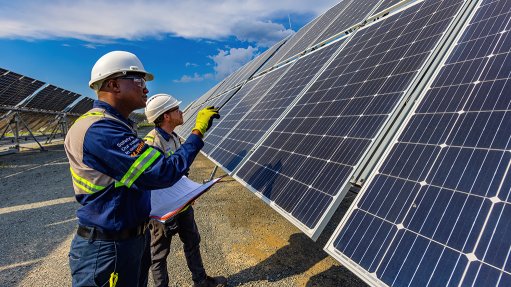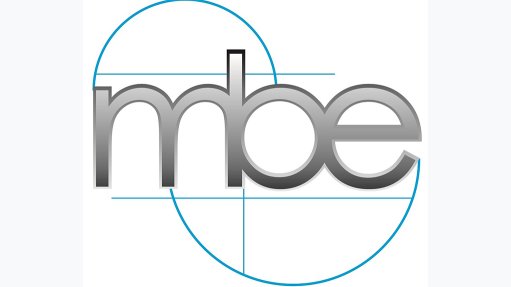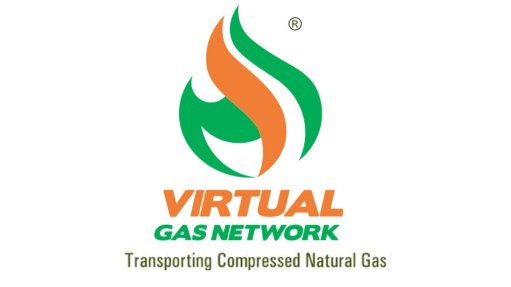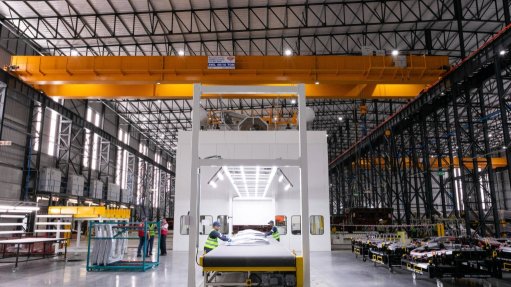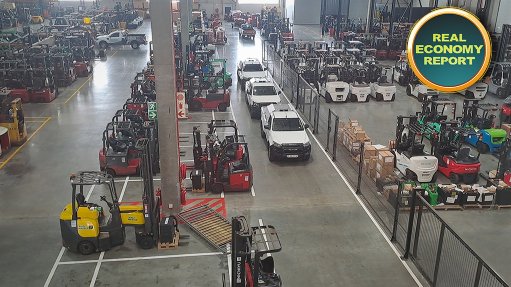Electric giants set to transform SA port and yard operations
This article has been supplied.
What if the future of South Africa’s logistics wasn’t just faster or cheaper - but cleaner, quieter and more sustainable? As the country’s ports and yards begin a steady shift toward electric heavy lift equipment, this transition signals more than just technological progress. It marks a pivotal reimagining of operational efficiency - where environmental responsibility is no longer a side goal but a driving force in reshaping the industry’s core.
With increased environmental awareness and stringent regulations around carbon emissions looming, electric-powered equipment can play pivotal role in reshaping how goods are moved in and out of ports, warehouses and distribution centres.
Lenny Naidoo, National Product Specialist for Heavy Lift, a division of CFAO Equipment says the one of the most compelling reasons for the growing adoption of electric heavy lift equipment in logistics is its significant impact on emissions reduction.
“Ports and container yards are known for their heavy reliance on diesel-powered equipment. The shift to electric-powered equipment offers a cleaner alternative, drastically cutting down on carbon emissions and various toxic pollutants.”
This reduction is vital, given the International Maritime Organization’s (IMO) goal to reduce the shipping industry’s carbon emissions by at least 50% by 2050. By adopting electric heavy lift equipment, ports can help meet these targets while improving air quality and worker health conditions.
Naidoo says while South Africa is currently in the process of developing a national roadmap and legislative framework to address carbon emission targets for the shipping industry, it is expected to align as closely as possible with the IMO’s goals.
“Our local shipping industry is cognisant of this and since introducing the heavy-duty Konecranes E-VER Electric Forklift in 2024 and E-ACE Electric Empty Container Handler in April this year, we have noted a significant increase in the uptake of electric equipment compared to their diesel counterparts over the past 12 months.”
While the initial capital investment for electric heavy lift equipment may be higher than diesel models, the long-term savings are self-evident “The E-VER forklift, for example, costs less to operate; firstly, because it costs less to charge an electric forklift than to refuel with diesel, and secondly, because they have fewer moving parts, making them less costly to maintain and reducing overall operating costs,” explains Naidoo.
Naidoo points out that the E-ACE Electric Empty Container Handlers are engineered for efficiency, using advanced high-voltage technology to operate continuously for six to twelve hours without needing a recharge. But the impact goes beyond endurance.
“Lower power consumption and the complete elimination of tailpipe emissions together represent a dramatic reduction in the carbon footprint of one of the most essential, and traditionally polluting, pieces of port and yard equipment.”
With advancements in battery technology, the range and efficiency of electric equipment are also improving steadily. Many ports have begun to integrate renewable energy, including solar and hybrid plants, into their operations to reduce emissions and improve reliability, for example, South Africa's Port of Ngqura acts as a hub for wind turbine components and is developing wave energy projects.
The transition to electric heavy lift equipment is not just about meeting today’s standards but also about future-proofing operations. By investing in electric-powered machinery now, port and container yard operators can avoid costly upgrades down the line, ensuring that their fleets remain compliant with future regulations.
“By adopting a forward-thinking approach, ports and container yards can mitigate the risks associated with tightening emissions policies. As the world pushes toward reducing its carbon footprint, the electric “giants” of industrial equipment will play a critical role,” concludes Naidoo.
Article Enquiry
Email Article
Save Article
Feedback
To advertise email advertising@creamermedia.co.za or click here
Comments
Press Office
Announcements
What's On
Subscribe to improve your user experience...
Option 1 (equivalent of R125 a month):
Receive a weekly copy of Creamer Media's Engineering News & Mining Weekly magazine
(print copy for those in South Africa and e-magazine for those outside of South Africa)
Receive daily email newsletters
Access to full search results
Access archive of magazine back copies
Access to Projects in Progress
Access to ONE Research Report of your choice in PDF format
Option 2 (equivalent of R375 a month):
All benefits from Option 1
PLUS
Access to Creamer Media's Research Channel Africa for ALL Research Reports, in PDF format, on various industrial and mining sectors
including Electricity; Water; Energy Transition; Hydrogen; Roads, Rail and Ports; Coal; Gold; Platinum; Battery Metals; etc.
Already a subscriber?
Forgotten your password?
Receive weekly copy of Creamer Media's Engineering News & Mining Weekly magazine (print copy for those in South Africa and e-magazine for those outside of South Africa)
➕
Recieve daily email newsletters
➕
Access to full search results
➕
Access archive of magazine back copies
➕
Access to Projects in Progress
➕
Access to ONE Research Report of your choice in PDF format
RESEARCH CHANNEL AFRICA
R4500 (equivalent of R375 a month)
SUBSCRIBEAll benefits from Option 1
➕
Access to Creamer Media's Research Channel Africa for ALL Research Reports on various industrial and mining sectors, in PDF format, including on:
Electricity
➕
Water
➕
Energy Transition
➕
Hydrogen
➕
Roads, Rail and Ports
➕
Coal
➕
Gold
➕
Platinum
➕
Battery Metals
➕
etc.
Receive all benefits from Option 1 or Option 2 delivered to numerous people at your company
➕
Multiple User names and Passwords for simultaneous log-ins
➕
Intranet integration access to all in your organisation



